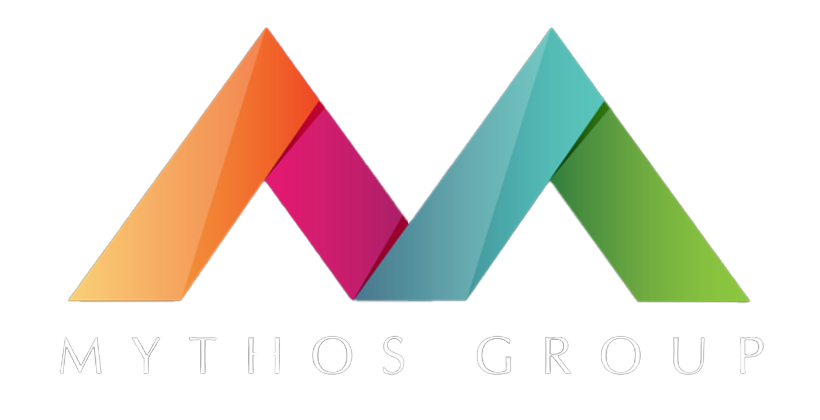Trade Risks For Rewards: 5 Steps To Create A Responsible AI Governance Program
More than 50% of Americans are more concerned about artificial intelligence’s integration into daily life than they are excited about its potential. Despite more education about AI’s uses and the development of policies and guidelines, this percentage of concern has only grown, jumping 14% between 2022 and 2023 alone.
While AI can provide game-changing benefits for businesses (such as enabling better decision making, skyrocketing productivity, and improving business speed), companies need to be aware of the accompanying risks and how they can maintain customer trust through AI implementation.
Here, we cover the types of AI governance your business can lean on and how you can generate your own AI governance program.
Types Of AI Governance
While it’s likely that AI regulation will be enforced at federal and state levels in the near future, there currently is little government oversight. This means businesses are responsible for developing their own AI governance programs to limit bias, maintain data security, and determine accountability.
Organizations are doing this in a number of ways. Here are five different types of AI governance programs you can use to get started.
AI Principles
Many companies are choosing to develop AI principles as a guiding force for AI use across internal operations. These are guiding concepts and values established to demonstrate a commitment to using AI responsibly.
One example of a company using self-developed AI principles is Dell Technologies. To ensure its technologies are ethically developed and applied, Dell created a “Principles for Ethical Artificial Intelligence Guide” for internal teams that focuses on AI use being:
- Beneficial
- Equitable
- Transparent
- Responsible
- Accountable
Google also has its own set of AI principles, which include:
- Avoiding creating or reinforcing unfair bias
- Building and testing for safety
- Incorporating privacy design principles
- Upholding high standards of scientific excellence
- Being accountable to people, not technologies
AI Frameworks
AI frameworks provide general operating structures and objectives for AI use. One example of this is the Artificial Intelligence Risk Management Framework developed by the National Institute of Standards and Technology (NIST).
According to NIST, this framework is designed to “equip organizations and individuals with approaches that increase the trustworthiness of AI systems, and to help foster the responsible design, development, deployment, and use of AI systems over time.”
The framework describes four specific functions to help organizations address the risks of AI systems in practice:
- Govern
- Map
- Measure
- Manage
Starting with an established framework like this one can take some of the program design burden off of companies, which can adjust and customize the framework as needed.
AI Laws & Policies
As AI laws and policies are enacted by government entities, organizations need to make sure they’re staying up to date on the latest legal requirements.
Other countries have already formalized laws around AI use. For example, Europe introduced the EU Artificial Intelligence Act, which outlines extensive rules that prohibit certain uses of AI deemed to have an unacceptable risk. China also imposed strict regulations on companies using AI for public-facing products and services.
AI Standards & Certifications
AI certifications are being developed to provide additional assurance that organizations are using AI responsibly and in accordance with the law. For example, the Responsible AI Institute created an AI certification program based on specifically calibrated conformity assessments
The certification’s assessment questions center around six areas:
- System operations
- Explainability and interpretability
- Accountability
- Consumer protection
- Bias and fairness
- Robustness
Voluntary Guidelines
If nothing else, organizations should at least establish best practices around AI use that are encouraged if not required. An example of this includes the White House’s voluntary commitments for leading AI companies. These practices are established around safety, security, and trust.
How To Develop An AI Governance Program
Now that you understand the different types of AI governance programs, how can you actually go about creating one? We recommend starting with these five steps.
1. Establish An AI Governance Committee
The first step is to create a diverse team that is specially trained to oversee the company’s AI systems. It’s critical to include members from different departments across your organization, including:
- IT
- Engineering
- Marketing
- Operations
- Human Resources
- Data science
- Procurement
This will ensure you know the different use cases of AI across your business so you can determine where regulations are needed.
2. Adopt Reliable Data Collection Practices
Responsible AI depends on reliable data. If the data you’re using to train and test AI technologies is incorrect, these AI systems can’t function properly.
Creating reliable data collection processes includes:
- Eliminating bias
- Ensuring that datasets are representative of the environment
- Ensuring data sets are correct and complete
3. Identify Applicable Legal Compliance Requirements
While using AI principles is helpful for developing AI governance, the approach doesn’t ensure your business is lawfully using AI. Your AI governance committee needs to be aware of shifting compliance regulations that are applicable to your industry, business size, and location(s).
4. Implement A Risk Management System & Mitigation Measures
AI use comes with inherent risks related to factors like:
- Fairness
- Transparency
- Privacy
- Impact to society
- Documentation
Your committee should work to identify these risks and eliminate any harms that could occur. This also includes labeling which AI uses are prohibited, acceptable, or require mitigation.
5. Assign Accountability
Responsible AI use requires a system of accountability that spans its lifecycle. Business leaders should:
- Develop clear roles and responsibilities related to AI ethics
- Ensure all steps in the process are clearly documented
- Make use of third-party audits to shed insight on the program’s robustness
Develop A Robust AI Governance Program With Expert Guidance
Mythos Group has deep expertise in creating robust business strategies around the use of innovative emerging technologies to improve business outcomes. We offer generative AI strategy services to help you build a strong foundation that weaves together strategy, process redesign, technological capabilities, and human touch.
Contact us now to start mitigating AI risks with an appropriate governance program.







